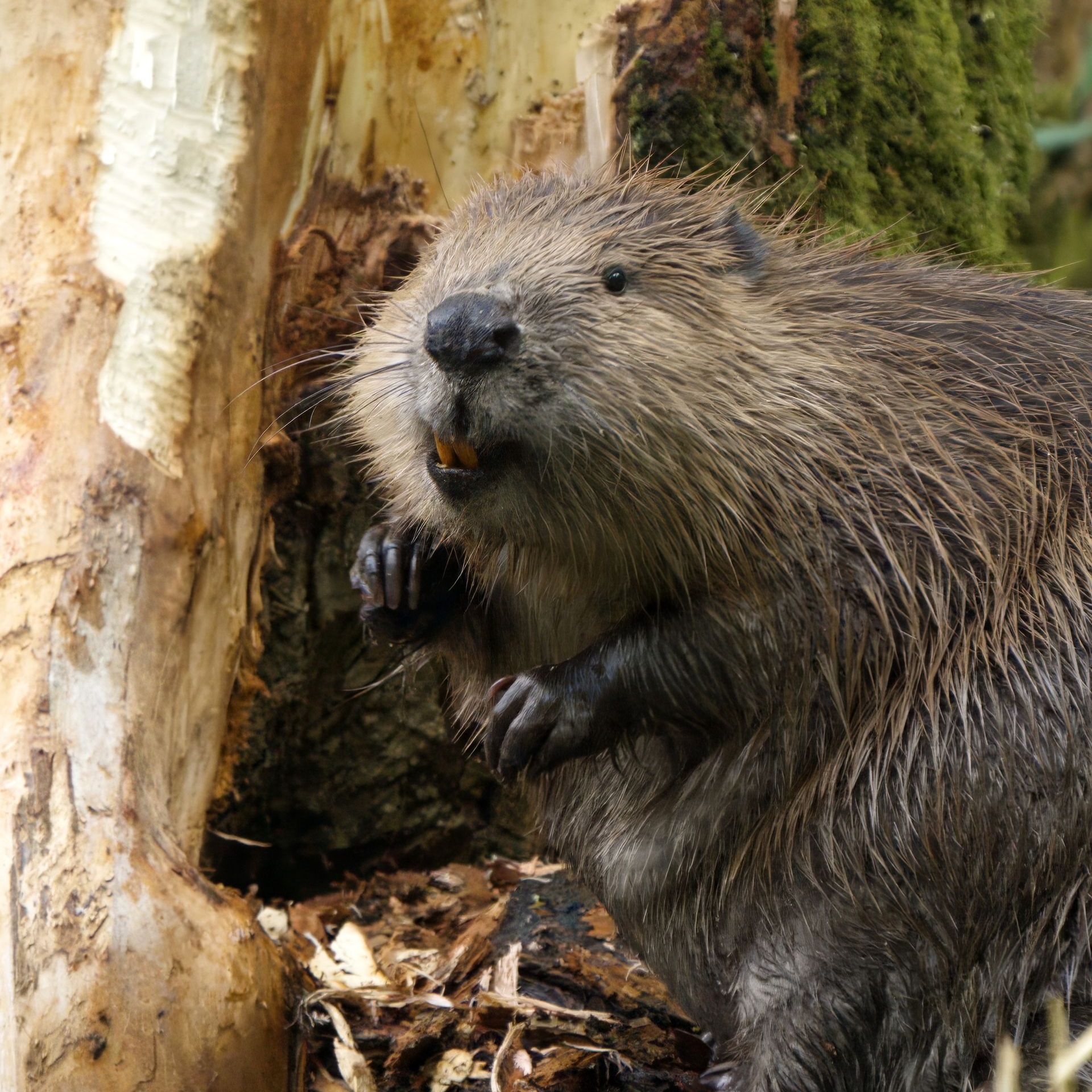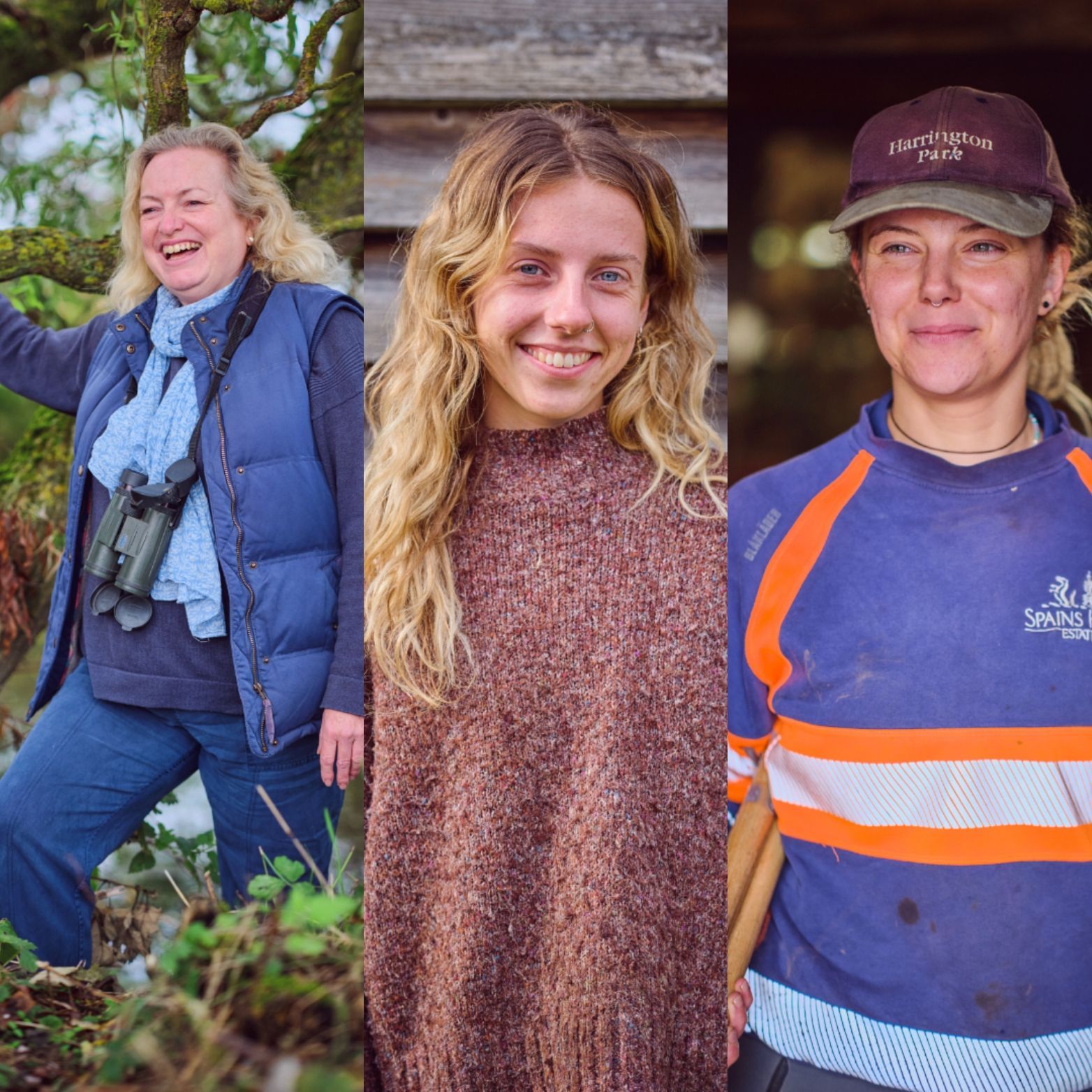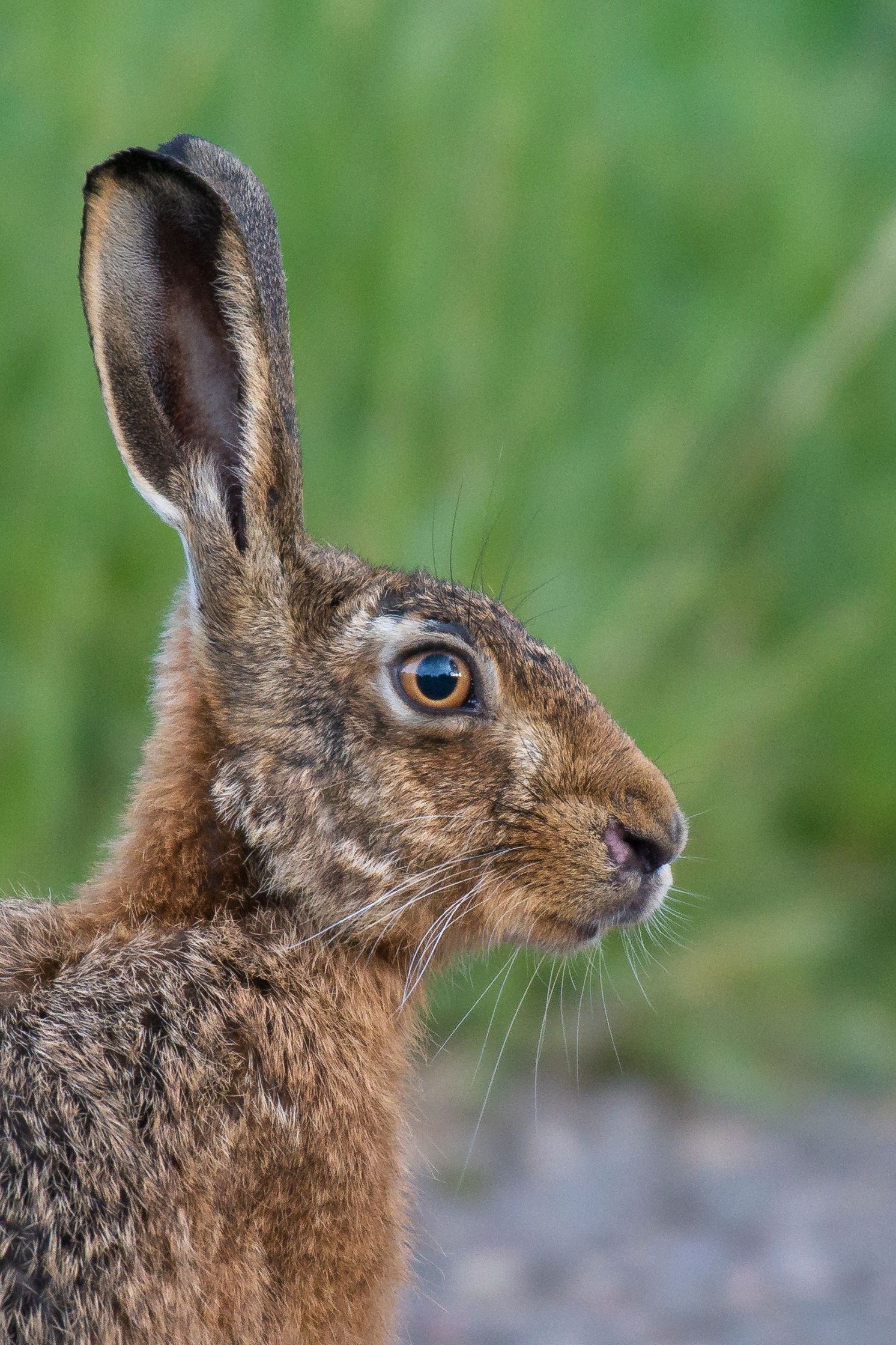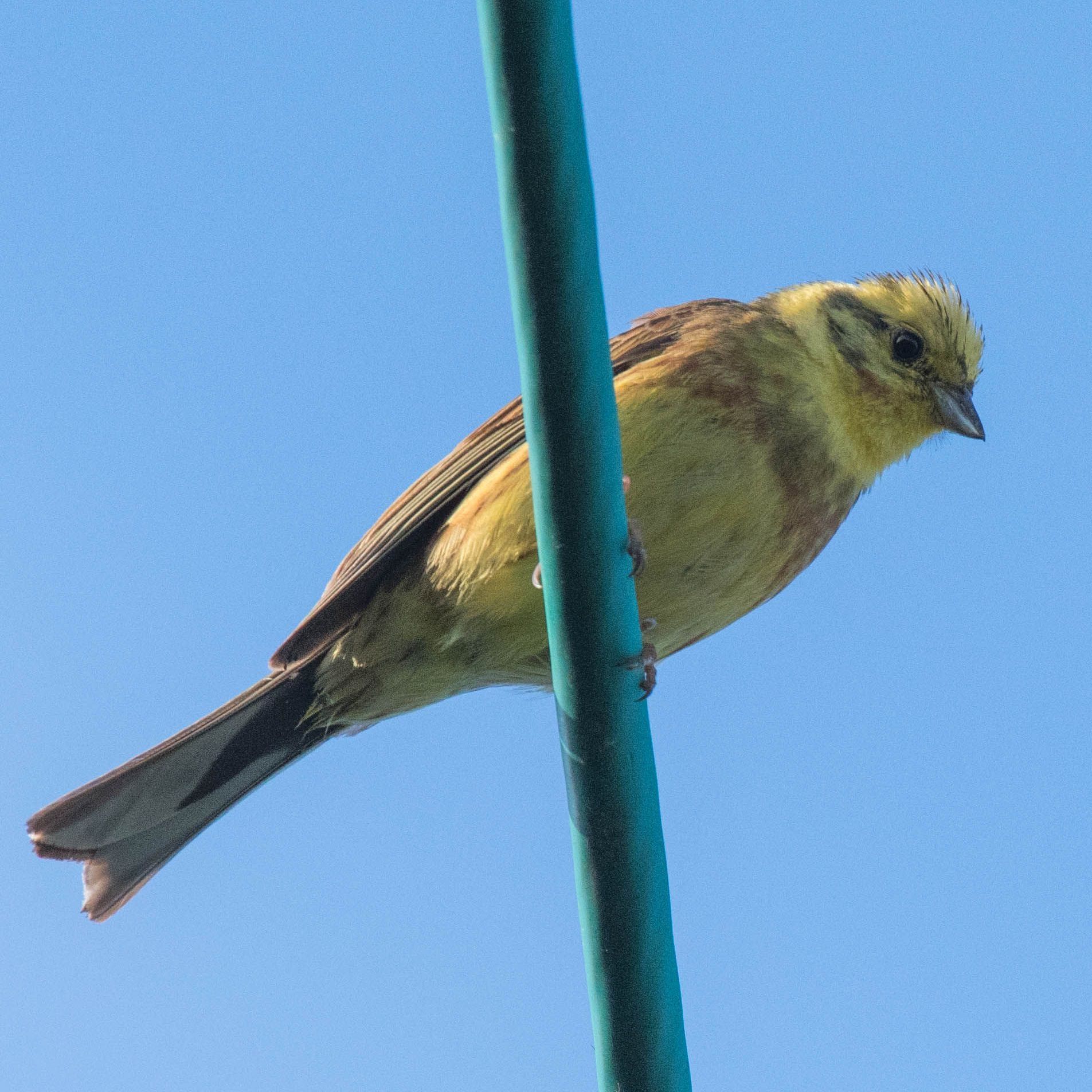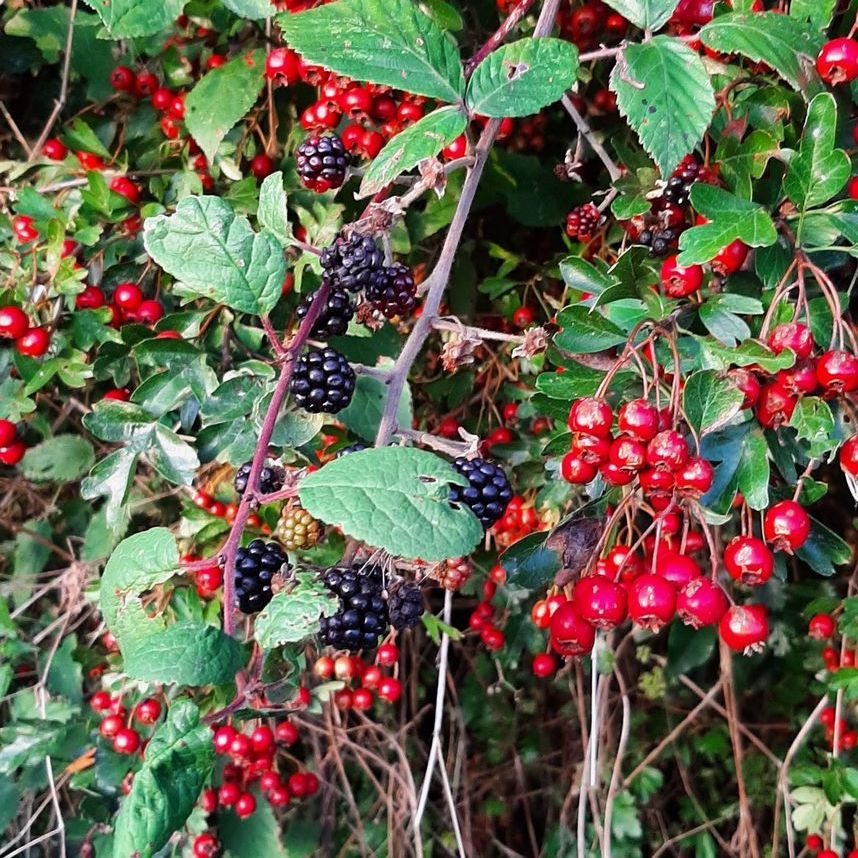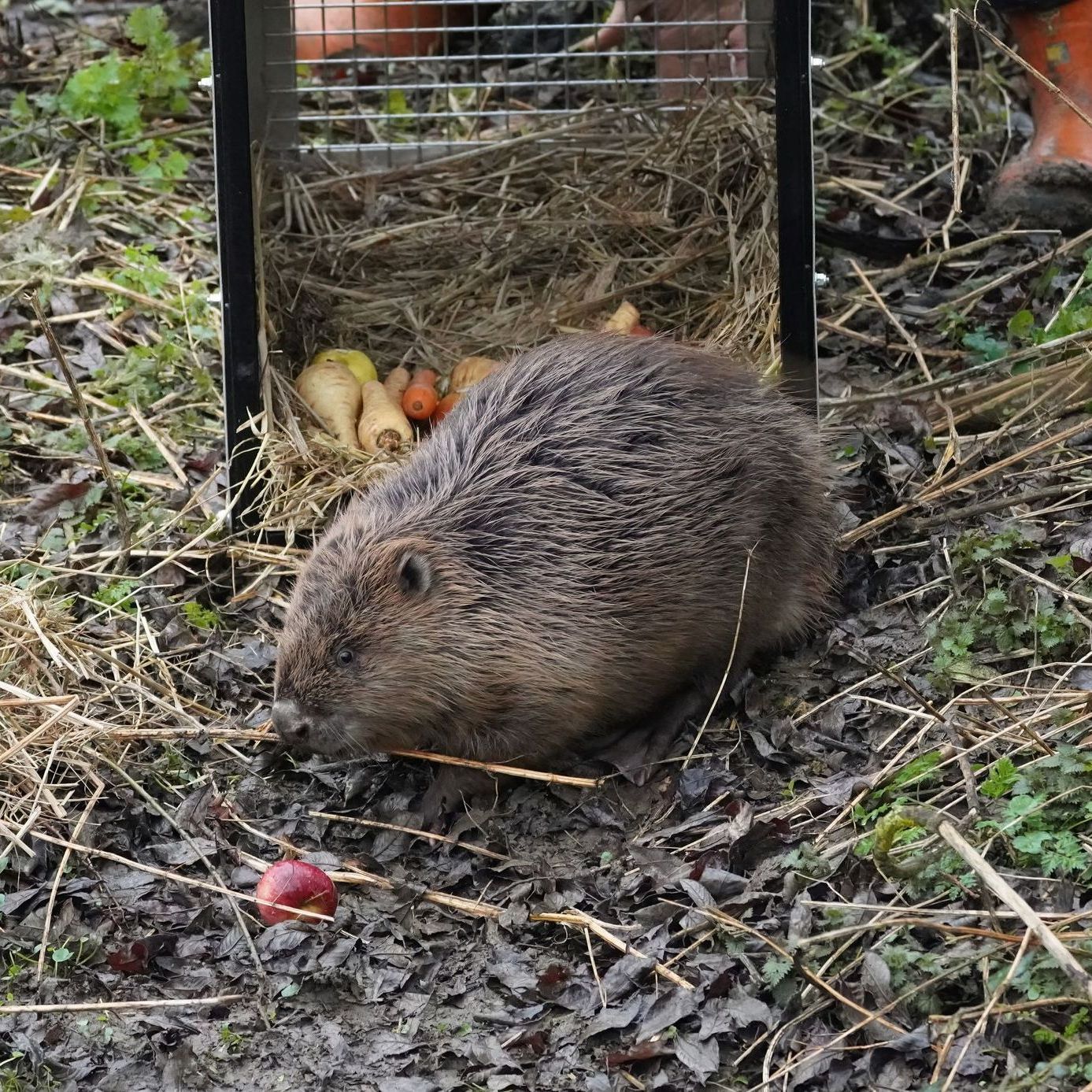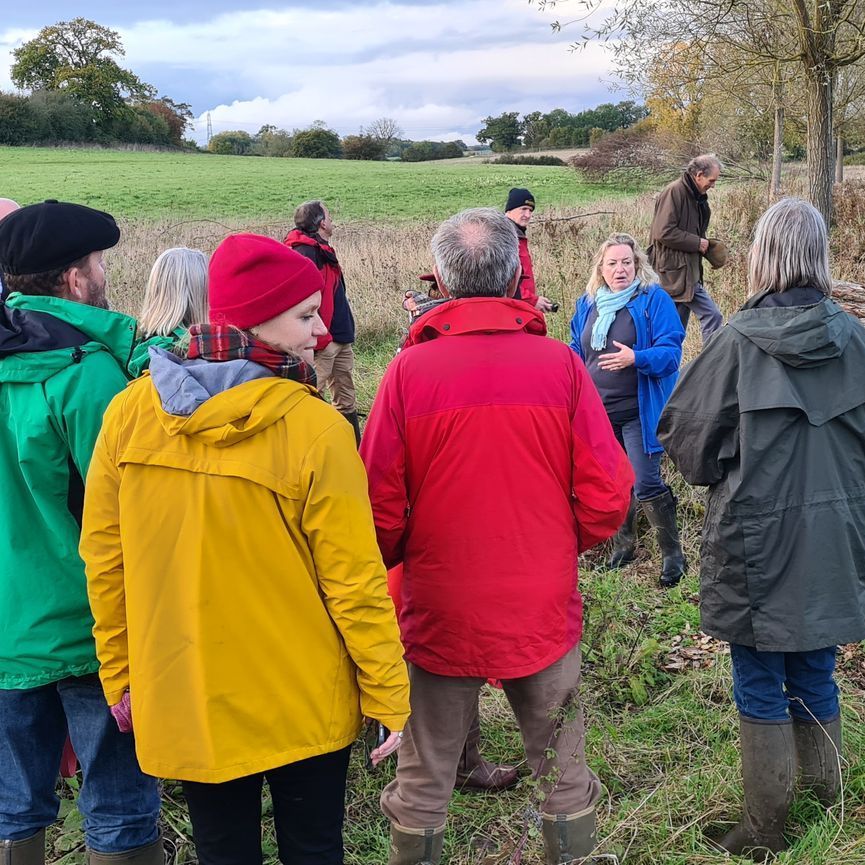For those like myself, mature enough to remember Rick Astley the first time around and sleep through the Great Storm of 1987, as I did, you might also remember Radar O’Reilly in the long-running comedy series M*A*S*H. Radar’s extraordinary hearing could detect incoming helicopters approaching the field army hospital way before anyone else.
Whilst this might seem a random recollection for an ecologist standing in Great Howe Wood on a March dawn, my companion, RSPB local volunteer, Andy Goodey (pictured), triggered this memory with his amazing ability to distinguish different species bird song at a distance, way before my ears alerted me. We were surveying for Marsh tits, as part of a wider local project, making the most of the fact that they are a sedentary species, usually settled in a well-defined territory by March.
Using methodology devised by Richard Broughton from research in Cambridgeshire woodlands, Andy and I walked a pre-defined route, stopping at least every 100metres to play the Marsh tit call from an audio file on Andy’s phone.
Typically their territories are four to six hectares, but can go up to 20 hectares, which is enormous for a 10g bird! It also restricts the species to larger broad-leaf woodland areas such as Great Howe, at over 28hectares, which when seen from a landscape perspective is a problem in arable-dominated East Anglia. This combined with their limited ability to disperse across open ground, means that if woodland is isolated within the landscape, juvenile dispersal and therefore population expansion is almost impossible.
This is one of the reasons the Estate’s ecological landscape plan includes significant areas of woodland re-planting adjacent to Great Howe, not only expanding the woodland itself, but connecting it with other woodland blocks. Some of the hedgerows planted last winter along historic lines also reconnect Great Howe with other woodland areas.





